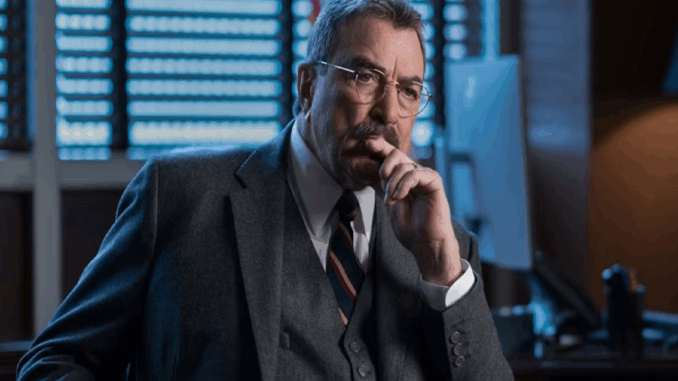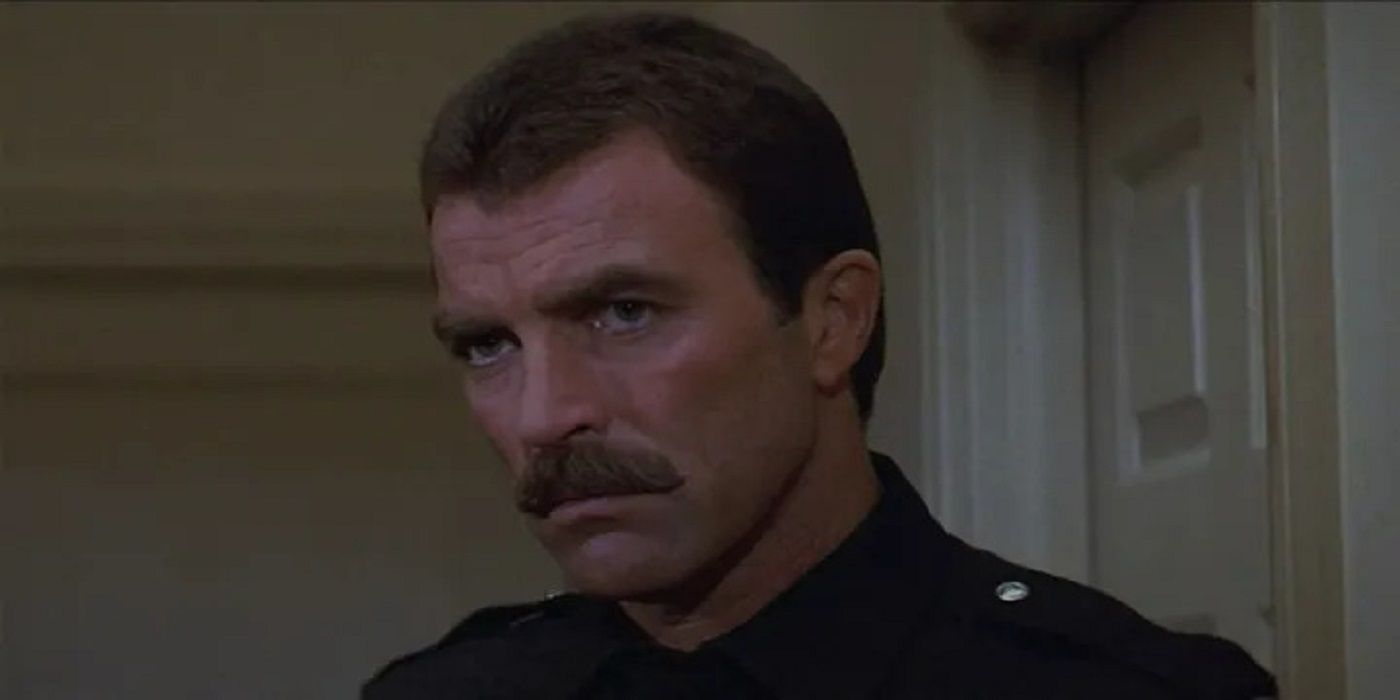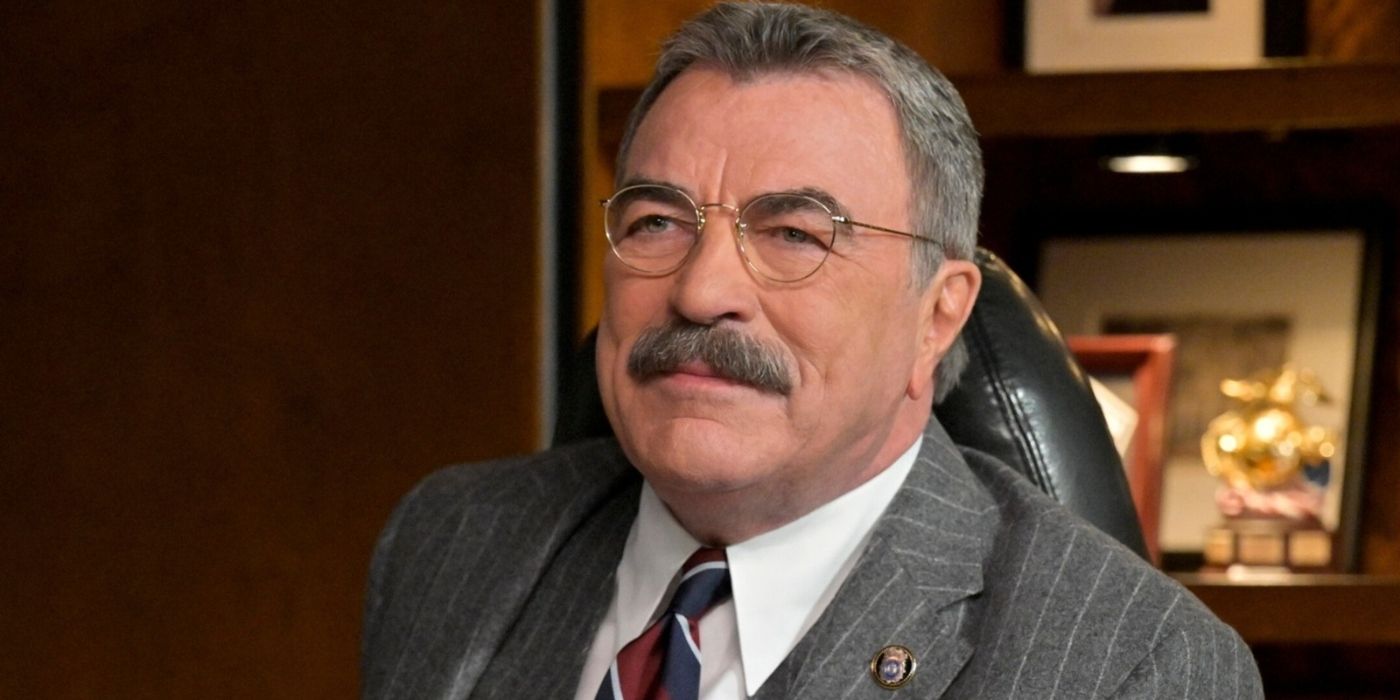
After Blue Bloods star Tom Selleck was famously denied the opportunity to play the role of Indiana Jones in the 1981 action-adventure blockbuster Raiders of the Lost Ark due to his commitment to the Magnum, P.I. television series, Selleck made his feature-starring debut in a second-rate Raiders of the Lost Ark imitator, the 1983 adventure film High Road to China. Following his suave performance as a jewel thief in the stylish 1984 spy film Lassiter, Selleck made an unexpected entry into the science fiction genre with his starring role in the 1984 thriller film Runaway, in which he plays a futuristic police officer who specializes in apprehending violent robots.
Runaway was directed and written by Michael Crichton, for whom Runaway embodies Crichton’s core technology-gone-wrong philosophy, which Crichton first explored as a director with his feature directorial debut, the 1973 science fiction Western film Westworld. However, despite a seemingly commercially appealing mixture of action and science fiction, as well as a solid lead performance by Selleck, Runaway became a commercial and critical failure, which did lasting damage to Crichton and Selleck’s careers. Indeed, just as the failure of Runaway essentially ended Crichton’s once-thriving directorial career, Selleck didn’t appear in another feature film for nearly three years afterward.
‘Runaway’ Is Much More Believable in 2025 Than It Was in 1984
Michael Crichton devoted virtually his entire career to exploring humanity’s continually evolving and uneasy relationship with technology while also making bold predictions about the future. Within Crichton’s feature directorial career, his visionary approach is most omnipresent in Runaway, in which Tom Selleck’s cop character, Jack Ramsay, tries to prevent a deranged scientist, Dr. Charles Luther, from unleashing killer robots on the public. In an advanced society in which robots are commonplace, Luther, played by rocker Gene Simmons, has programmed ordinarily safe robots to serve as his army of assassins.
In the course of the cat-and-mouse pursuit that unfolds between Luther and Ramsay, Runaway, which is set in 1991, features autonomous driving, domestic robots, drone technology, thermal imaging, virtual assistants, as well as the disturbing reality that robotics are destined to take over most, if not all, human jobs. What seemed gimmicky and outlandish when Runaway was first released in 1984 now seems eerily prophetic. The sense of public bewilderment and resignation that exists with today’s rapid technological developments is embodied in Runaway through Ramsay, a weary veteran police officer whose fear of heights led him to become an expert on robots, whom he admires and fears in equal measure.
‘Runaway’ Is Tom Selleck’s Biggest Flop
Runaway was expected to be a major science fiction theatrical release, as seen by the extensive marketing campaign that accompanied the film’s release during the 1984 Christmas box-office season, which was dominated by the blockbuster success of Beverly Hills Cop. Runaway arrived in theaters one week before 2010: The Year We Make Contact, the long-awaited sequel to 2001: A Space Odyssey. However, while 2010: The Year We Make Contact performed respectably at the 1984 Christmas box office, with a domestic box-office gross of just over $40 million, audiences stayed away from Runaway in droves.
Indeed, Runaway became the biggest box-office loser of the 1984 Christmas season, with Selleck’s career suffering a blow as the film earned a pitiful domestic total of under $7 million on an $8 million budget. This represents the lowest total for any of Selleck’s feature-starring vehicles except for the $5.9 million total for the dismal 1992 comedy film Folks!, which effectively marked the end of his starring feature film career and necessitated his return to television acting.
However, while this failure was fully expected, the exciting and imaginative Runaway seemed to have all the necessary ingredients with which to be successful. In explaining the public’s avoidance of Runaway, it was suggested that Magnum, P.I. viewers didn’t want to see Selleck in the science fiction genre, in which the film was overshadowed by the previous 1984 releases of Star Trek III: The Search for Spock and The Terminator.
‘Blue Bloods’ Has Fully Overshadowed ‘Runaway’ and the Rest of Selleck’s Career
While High Road to China and Lassiter established that Tom Selleck possessed big-screen magnetism, if only as a stronger, younger version of Burt Reynolds, Runaway showcases the rare mixture of charm, ruggedness, and warmth that could have enabled the towering Selleck to inherit the mantle of Clark Gable and Gary Cooper, if he had arrived in an earlier era. After the nearly three-year hiatus that Selleck took from film acting following the disappointing release of Runaway, his next feature-starring vehicle, the 1987 comedy film Three Men and a Baby, became the highest-grossing domestic film of 1987, while eliciting critical praise for Selleck, whose sensitive performance inspired comparisons to Cary Grant.
Just as Mark Harmon’s iconic portrayal of Leroy Jethro Gibbs on NCIS has seemingly overshadowed his previous career, especially Harmon’s doomed bid for feature-film stardom in the 1980s, Selleck’s legacy has been completely altered by his performance as New York City Police Commissioner Frank Reagan on Blue Bloods over 14 seasons, to the point where his previous career seemed to happen to another actor in another universe.
Indeed, Runaway captures a younger Selleck who was very much like an actor quarterback — a dashing, he-man hero who could dunk a basketball and jump across the hood of a Ferrari 308 with relative ease. So much of the fascination of watching the now-80-year-old Selleck today is seeing an actor and a star who seems to be entirely and painfully aware of his limitations. Runaway is streaming on Tubi.


